Reading time is approximately 2 minutes.
This story begins on the vast expanses of the ocean. Where sailors discover that storage in oak barrels is not only a practical necessity, but a true blessing for the spirit. The interaction between wood and alcohol at sea results in a significant improvement in quality. Results in an evolution of color, increased roundness and the development of complex aromas. This fortuitous observation led to the gradual adoption of aging techniques in wood.
A decisive turning point
Around 1750, the bottling of eau-de-vie is attested, marking a decisive turning point in its marketing and consumption. The refined taste of this aged drink is beginning to appeal to a wider and wider audience. Attracting the attention of harvesting owners and traders. The latter are requested by connoisseurs who quickly transform into dedicated enthusiasts.
Distillation technology
Alongside these developments, distillation technology is also undergoing a revolution. The morphology of stills is evolving, moving from a discontinuous process to a continuous process. In 1767, Menier built the first continuous jet still, an innovation quickly followed by Adam and Cellier-Blumenthal. These innovative stills captivated not only landed gentlemen, such as Antoine de Mellet, Marquis de Bonas, but also local boilermakers.
Jacques Tuillière
Innovation continued with Jacques Tuillière, a stove maker in Auch, who filed a patent in 1818 for a column still model specifically adapted to the region. This still, called Armagnacais, marks an important stage in the history of distillation and aging.
Today, these centuries-old techniques continue to influence the way we appreciate and value Armagnac.








